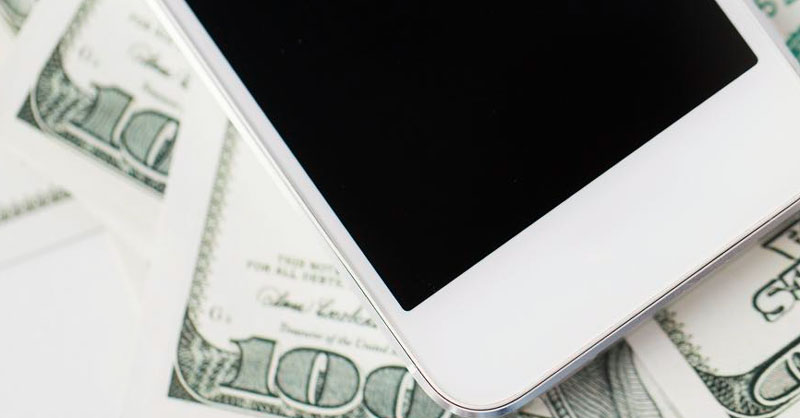All About Gold Standard
Author: Kevin
The gold standard refers to a monetary system in which the value of a nation's currency or paper money is pegged to the price of gold. Countries adopted the gold standard by agreeing to redeem their paper currency for a predetermined amount of gold. Countries that adhere to the gold standard do not allow the price of gold to fluctuate and instead buy and sell it at a predetermined rate. For all practical purposes, the value of a currency is set by that predetermined rate. The value of one dollar would equal one-fiftieth of an ounce of gold if the United States fixed the price of gold at $500 per ounce.
No nation uses a gold standard at present. In 1931, Britain stopped utilizing the gold standard, and in 1933, the United States did the same thing; the last elements of the system were abandoned in 1973.
Fiat money, money used because of a government decree, or "fiat," that the currency must be accepted as a form of payment, totally supplanted the gold standard in use at the time, making the gold standard obsolete. The dollar in the United States is an example of a fiat currency, while the naira in Nigeria is.
Inflation can be avoided.

Inflation can be avoided when such a basic rule is imposed, as evidenced by the brief history of the U.S. gold standard. Still, the rule's rigorous adherence might lead to economic instability, if not political unrest.
With the gold standard, currency values are set concerning the price of gold. Gold was an object of veneration before it was ever utilized as money. England was the first country to adopt the gold standard after its extensive discoveries made it possible. The Bretton Woods agreement fixed the exchange rate between the U.S. dollar and gold at $35 per ounce, making the dollar the world's de facto reserve currency. It was President Nixon who ended dollar-to-gold convertibility in 1971.
What Stores Sell $10 Million Coins?

Competition Between the Gold Standard and the Current Fiat Currency System The term "gold standard" is commonly used to describe a monetary system in which the value of a currency is pegged to the price of gold. Conversely, in a fiat system, the value of a currency is not pegged to the value of any tangible object. Still, it can fluctuate freely against other currencies on the foreign exchange markets.
The Latin word fieri, from which we get the word "fiat," refers to a whim or an inconsistent order. To stay true to its roots, the worth of fiat currencies is predicated on the fact that they are recognized as legal tender by a government.
Trade between countries in the decades before World War I was done using what is now called the classical gold standard. When countries participated in this arrangement, trade was paid with actual gold. Countries that regularly have trade surpluses tend to stockpile gold to protect their currency. However, countries running trade deficits saw a drop in their gold stockpiles as imports outpaced exports.
A Chronology of the Gold Standard
In 1933, President Herbert Hoover famously told Franklin D. Roosevelt, "We have gold because we cannot trust governments." This comment foretold one of the most draconian events in U.S. financial history: the Emergency Banking Act, which ordered all Americans to change their gold coins, bullion, and certificates into U.S. dollars. \s3
The legislation was able to stem the flow of gold during the Great Depression, but that didn't sway the beliefs of "gold bugs," those who have unwavering faith in the durability of the precious metal as money.
Historical factors have shaped the supply and demand for gold in a way that has never been seen before in the asset market. Some cling to the idea that gold once reigned supreme, but understanding gold's decline is essential to evaluating the metal's potential moving forward.
The Five Thousand-Year Love Affair with the Gold Standard
For 5,000 years, gold's mix of shine, malleability, density, and scarcity has fascinated humankind like no other metal. Gold is so thick that one tonne may be packed into a cubic foot, as stated by Peter Bernstein in his book The Power of Gold: The History of Obsession.
Since it would become standard practice over the next several centuries to clip these imperfect coins to amass enough gold to be melted down into bullion, gold coins were not a perfect solution. The Great Recoinage of 1696 in England introduced a technological advancement that mechanized the coin minting process, eliminating the need for clipping.
Since it could not always rely on further supplies from the ground, the supply of gold expanded only through deflation, trade, looting, or debasement.



